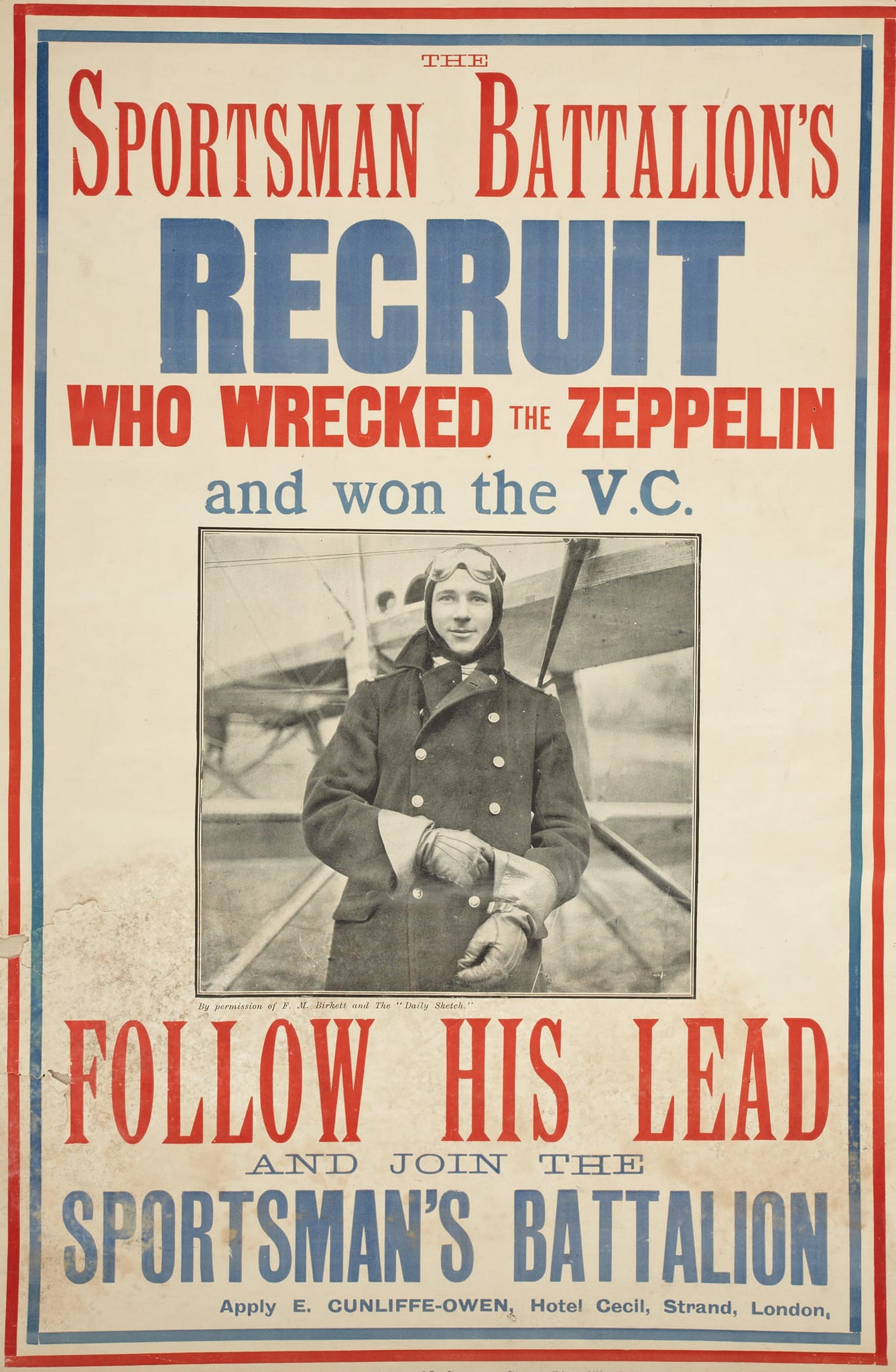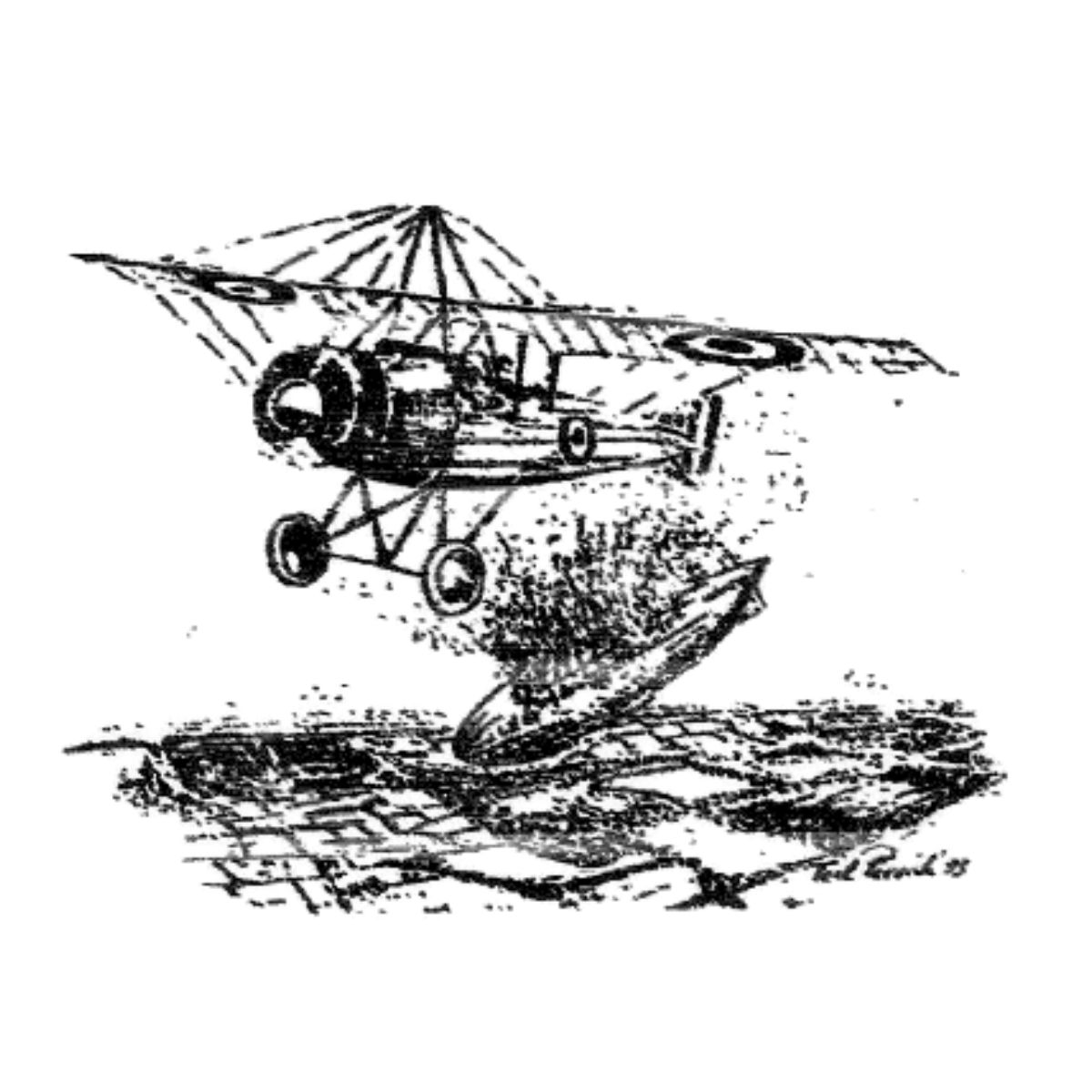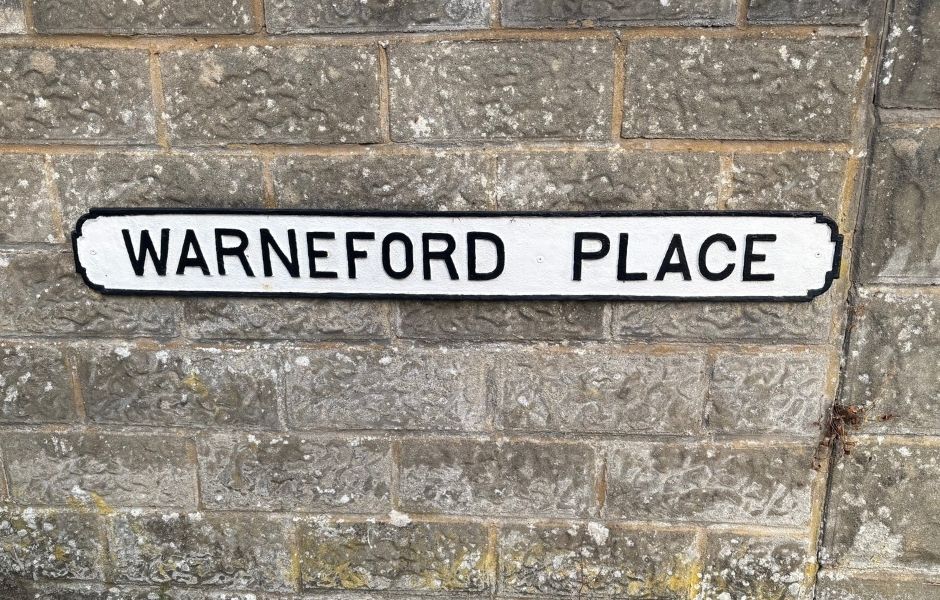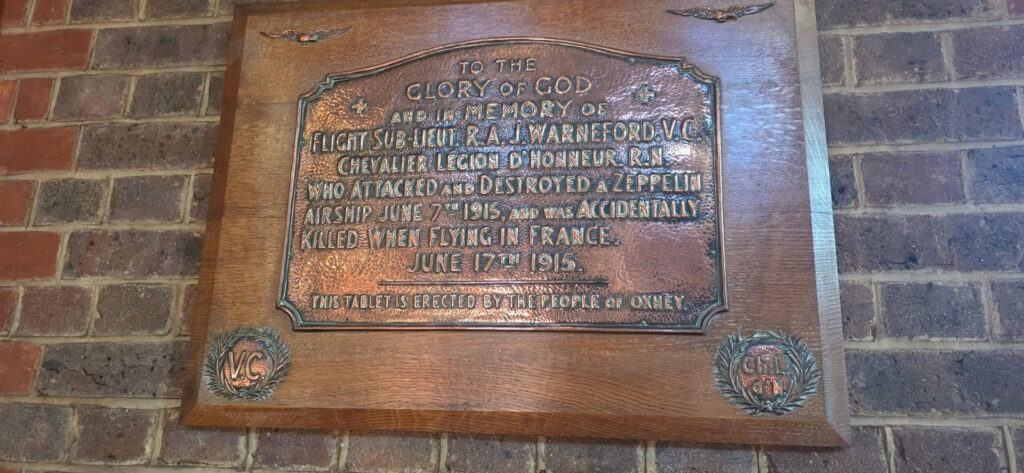This article, about First World War pilot Reginald ‘Rex’/’Reggie’ Alexander John Warneford, was written by Ted Parrish. It was originally published by Oxhey Village Environment Group in August 1993. The author’s words are unedited from the origination version. Footnotes with additional information are available after Ted’s article.
We would be interested to see photos of Reginald Warneford, or information on the names and addresses of his relations, who we believe lived in Oxhey Avenue and/or Kingsfield Road, Oxhey Village. If you can help, please contact publicity@oveg.org

A name on two World War One war memorials at St. Matthew’s Parish Church, and a cul-de-sac in Oxhey, is all that is left locally to remind future generations of the frequent presence in Oxhey and Watford, of Sub-Flight Lieutenant Reginald A.J. Warneford.
Bom in India, of Yorkshire parents, he completed his education in England and spent much of his free time with relations living in Oxhey. Of a mechanical disposition he joined the Merchant Marine – an ideal outlet for his skills. At the outbreak of war, he returned to England and joined the army, in common with so many men who responded to the call for volunteers. Impatient to see action, he successfully applied for transfer to the Royal Naval Air Service and gained his wings in 1915.
As a pilot, Warneford soon earned himself an enviable reputation – at least with the rank and file. He has been described as an undisciplined, boastful and over-confident volunteer who was popular with everyone – except those in higher authority. His commanding officer was so incensed by his behaviour that he arranged for Warneford’s transfer to France, where he could harass his new C.O., Wing Commander Arthur Longmore, as well as the enemy.
During his tour of duty in France, the Admiralty signalled news of the return of three Zeppelins after a night sortie over England. In modified Morane Parasols, Warneford, and a colleague – sublieutenant Rose – were ordered to take off, locate, and attack the vulnerable airships returning to their bases in the darkness. Rose was forced down when his instrument panel light failed, leaving Warneford on his own in an alien night sky – searching for three Zeppelins.
By good fortune, he located one airship – later identified as the LZ37 – he chased it to 11,000 feet- it then dived into clouds below, at 7,000 feet, leaving Warneford in an ideal position to drop six Hale bombs from above.
At least one, possibly more, of the bombs penetrated the Zeppelin’s fabric skin, detonated and set fire to the hydrogen-filled gas bags. The airship disintegrated and the blast from the explosion nearly blew the flimsy monoplane out of the sky.
Engine failure forced Warneford to land in a field – thirty-five miles behind enemy lines. He successfully repaired a broken fuel line and took off, still undetected, in the general direction of France. He landed not far from Calais.

Warneford phoned his unit, based at Dunkirk, to report his whereabouts and finally returned to base at 10:30am the next morning, already a hero. Within thirty-six hours he was awarded the Victoria Cross by King George V. Ten days later Warneford was dead! Shortly after receiving the Cross of the Legion of Honour in Paris, he was ordered to collect a new Farnham Biplane, which had been hastily assembled and was not fully equipped – in all probability it had not even been flight tested. On take-off, the aircraft went out of control and flipped over, both Warneford and a passenger, an American newspaper correspondent to whom he was giving a lift, were thrown out and killed.
Reggie Warneford deservedly earned himself a place in aeronautical history as the first military aviator to destroy a Zeppelin in the air. Sadly, his achievement was later eclipsed by Lieutenant William Leefe-Robinson who brought down the SL11 at Cuffley, Herts. The event was given much greater media coverage and Warneford’s name and exploits have been largely forgotten.
His name appears on the official war memorial sited at the entrance to St. Matthew’s Parish Church, Oxhey, on a plaque on the interior wall, and is commemorated in the street name Warneford Place. In all probability his name was also inscribed on the old wooden cross which was moved to Watford Heath in 1920 and destroyed by the local council in 1951. The very same cross which OVEG is planning to replace next year.
Ted Parrish
August 1993
Further information
Flt Sub Lt Warneford’s association with Oxhey Village arose from his frequent stays at his aunt’s house, throughout the course of his relatively short life.
Following is passing in 1915, thousands of people were said to have lined the streets of London for the funeral of the newly-lauded national hero. And then, in 2015, exactly 100 years on from the daring mission carried out by ‘Reckless Rex,’ a memorial was laid in Exmouth, Devon, where he visited his mother’s home.
As noted in Ted Parrish’s article, Rex’s legacy is commemorated in the naming of Warneford Place, a small cul-de-sac just off King Edward Road in Oxhey Village.

Following Rex Warneford’s efforts to bring down the Zeppelin in 1915, and his subsequent receipt of a Victoria Cross, his image was used to encourage enlistment in his former unit, the 24th (2nd Sportsmen’s) Battalion, the Royal Fusiliers. He later died from injuries sustained in a crash on 17 June. We’re grateful to Robert Lock and Dr Robert Wynn Jones for sharing these further details of Warneford’s story.
In his article, Ted mentioned the planned reinstatement of the cross which would have likely carried Reggie’s name. This work was indeed carried out the following year and the new cross was dedicated in May 1994. You can read more about this in our Watford Heath Memorial Cross history article.
Ted also references a memorial sited at St. Matthew’s Church. The plaque can still be found on the interior wall. It is also listed on the Imperial War Museum’s war memorial register.

You must be logged in to post a comment.